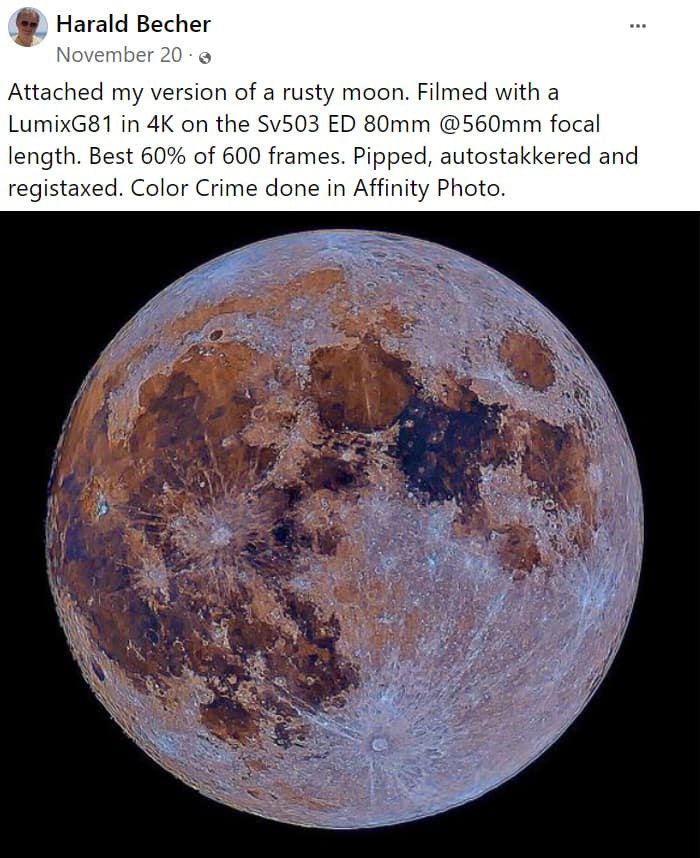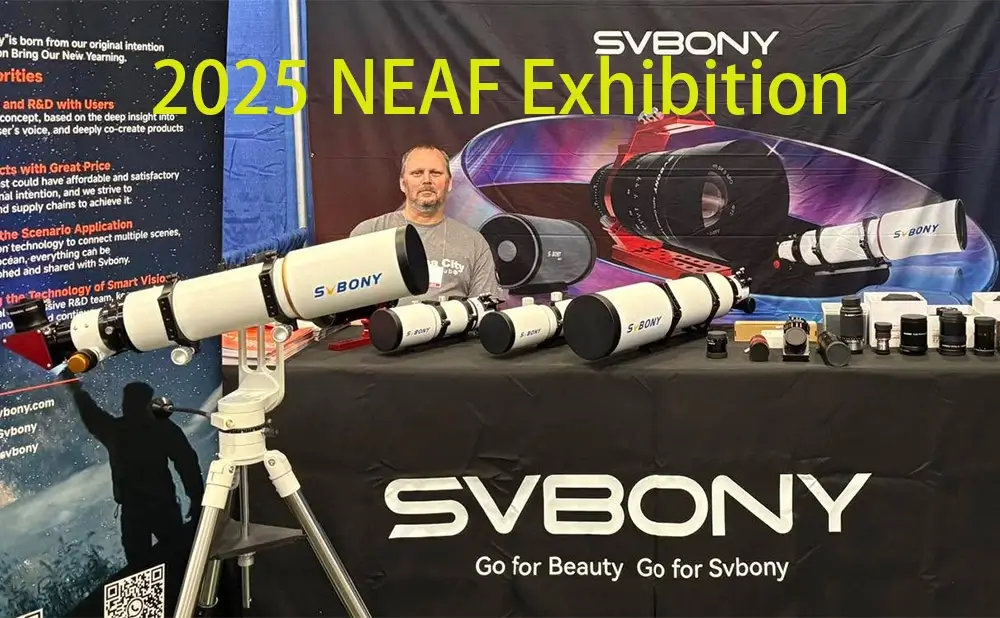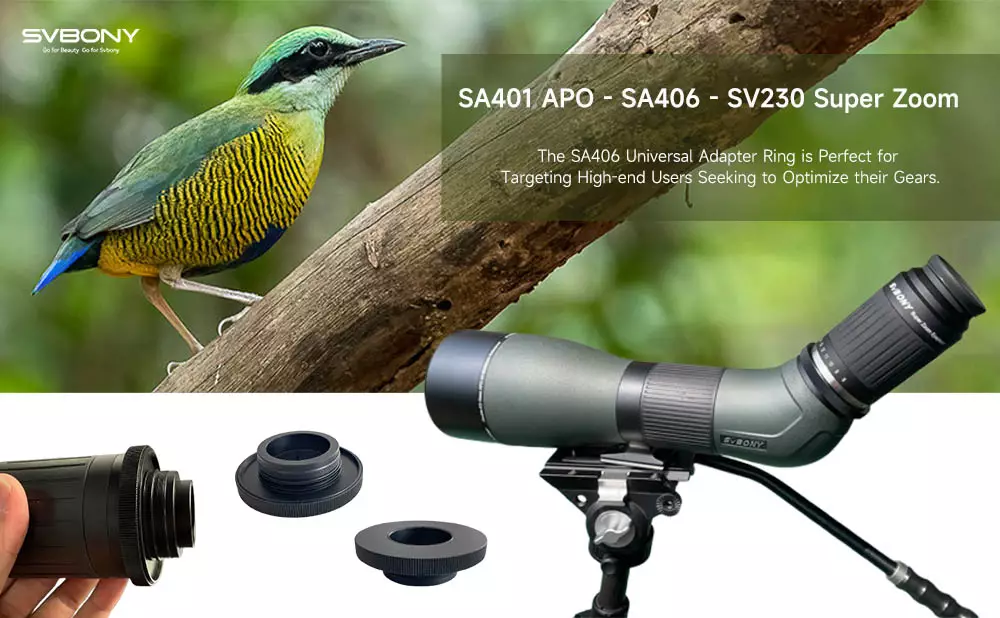Astronomical Theater-January
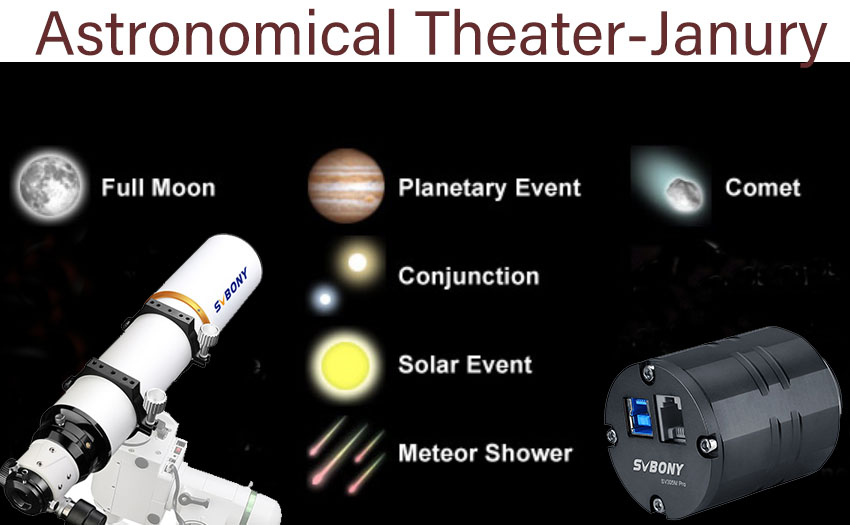
Astronomical Theater-January
New year and a new look. In the coming 2022, there are still many interesting/ wonderful astronomical phenomena waiting for us to chase and watch. Among them, in the first month of the new year, Leonard's comet has passed perihelion, the quadrant meteor shower is extremely large, the moon "worships" three stars, Mercury's eastward distance, the smallest full moon of the year, and many other astronomical phenomena appear in turn.
1. Comet C/2021 A1
Comet C/2021 A1 (ie Leonard's Comet) is the "brightest comet" of 2021. The comet will pass the perihelion on January 3, 2022, and then begin its journey away from the center of the solar system.
It is estimated that the brightness in the first ten days of January 2022 will be around the 6th. In the few days before perihelion, at low altitude in the southwest after sunset, interested friends could see it with the help of a telescope.
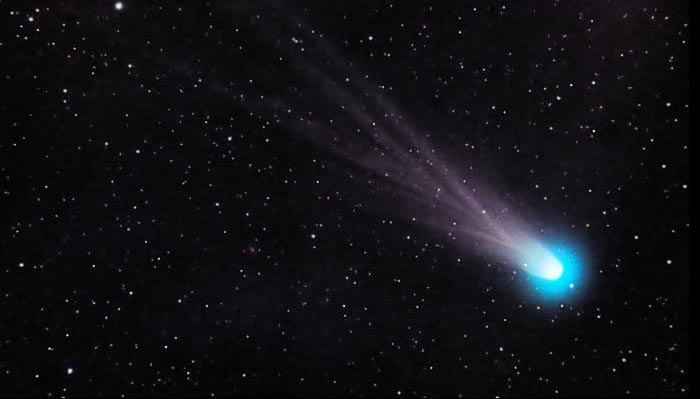
Credit: Justin Bliss
Brian L. Tan: Vixen Polarie - Comet Leonard (C/2021 A1)
Brian L. Tan: Vixen Polarie - Comet Leonard (C/2021 A1)
2. Quadrant Meteor Shower
At the beginning of 2022, the quadrant meteor shower, one of the three largest meteor showers in the northern hemisphere, will reach its maximum on January 4. The number of meteors that can be seen in an hour) can reach 120.
3. Moon "meets" Mercury, Saturn, and Jupiter
After the night falls from January 4th to 6th, in the southwestern sky after sunset, a crescent moon will "call" Mercury, Saturn, and Jupiter in turn. As long as the weather is fine, interested fans are expected to see this scene with the naked eye. Interesting astronomical phenomenon.
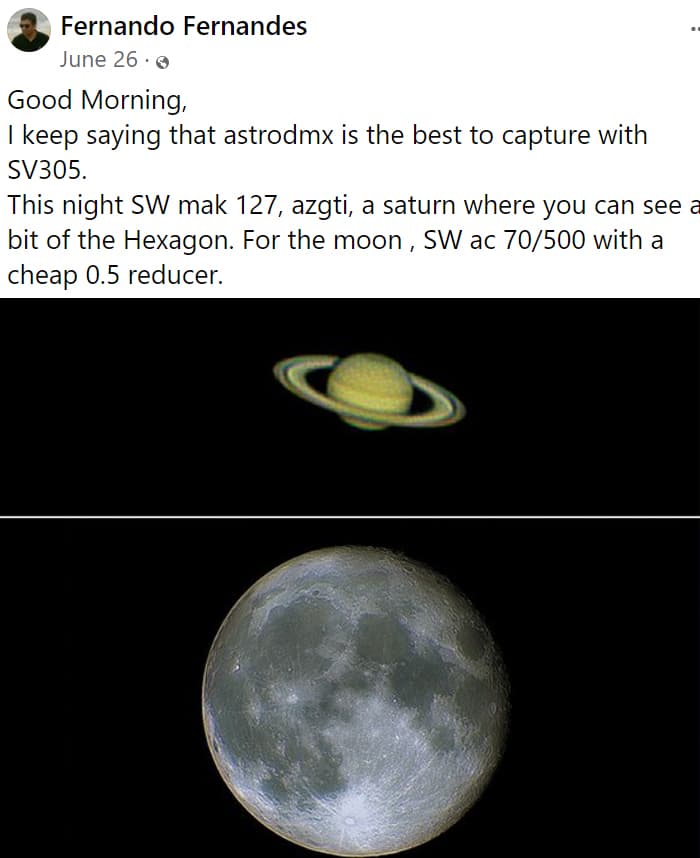

4. 2022's smallest full moon
On December 19, many people appreciated the last full moon of 2021, which is also the smallest full moon of the year, commonly known as the "super small moon." Interestingly, on January 18, 2022, the smallest full moon of the year will appear in the night sky again.



